Making Plant Records Useful Again: A Wave Hill Success Story

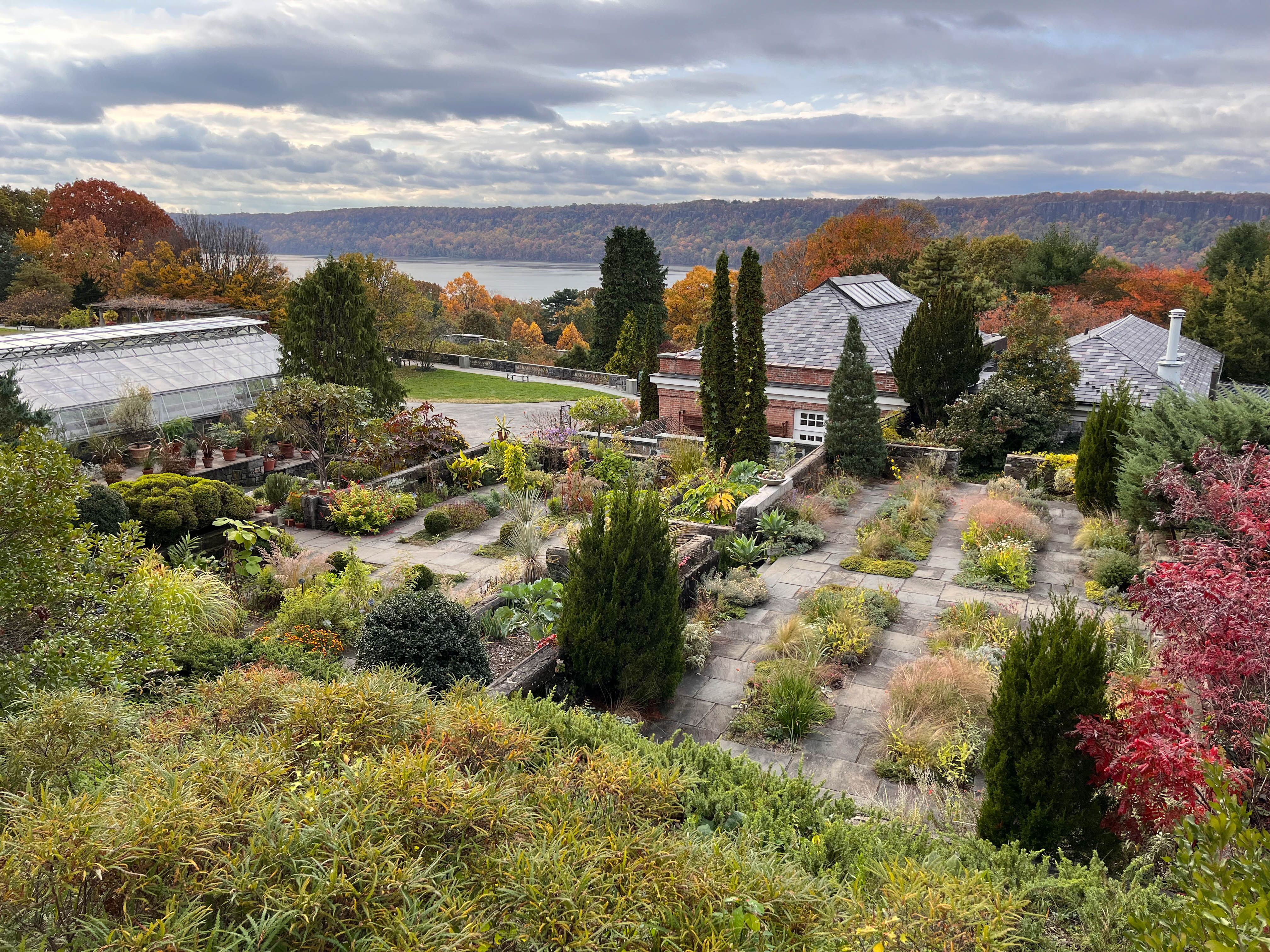
Wave Hill is a public garden in Riverdale, a neighborhood of Bronx, NY. The property was a private estate given to New York City and opened to the public in 1965. Since then, Wave Hill has evolved into a world-class garden and includes 28 acres of green space overlooking the Hudson River.
Wave Hill is a connoisseur's garden with collections guided by aesthetics. We celebrate the legacy of our gardens by exploring human connections to the natural world through programming, arts, and education.

In 2021, Wave Hill reoriented its plant record-keeping priorities; we decided it was a critical way for our Gardeners to better steward and design garden spaces. However, at this time plant record-keeping had fallen from grace and lost its lustre—it was merely a begrudging task. So little value was associated with plant-records at the garden, that it was not being updated. The most accurate records were a dusty printout from 2007 and a card catalog created by Wave Hill's founding Director of Horticulture, Marco Stufano.
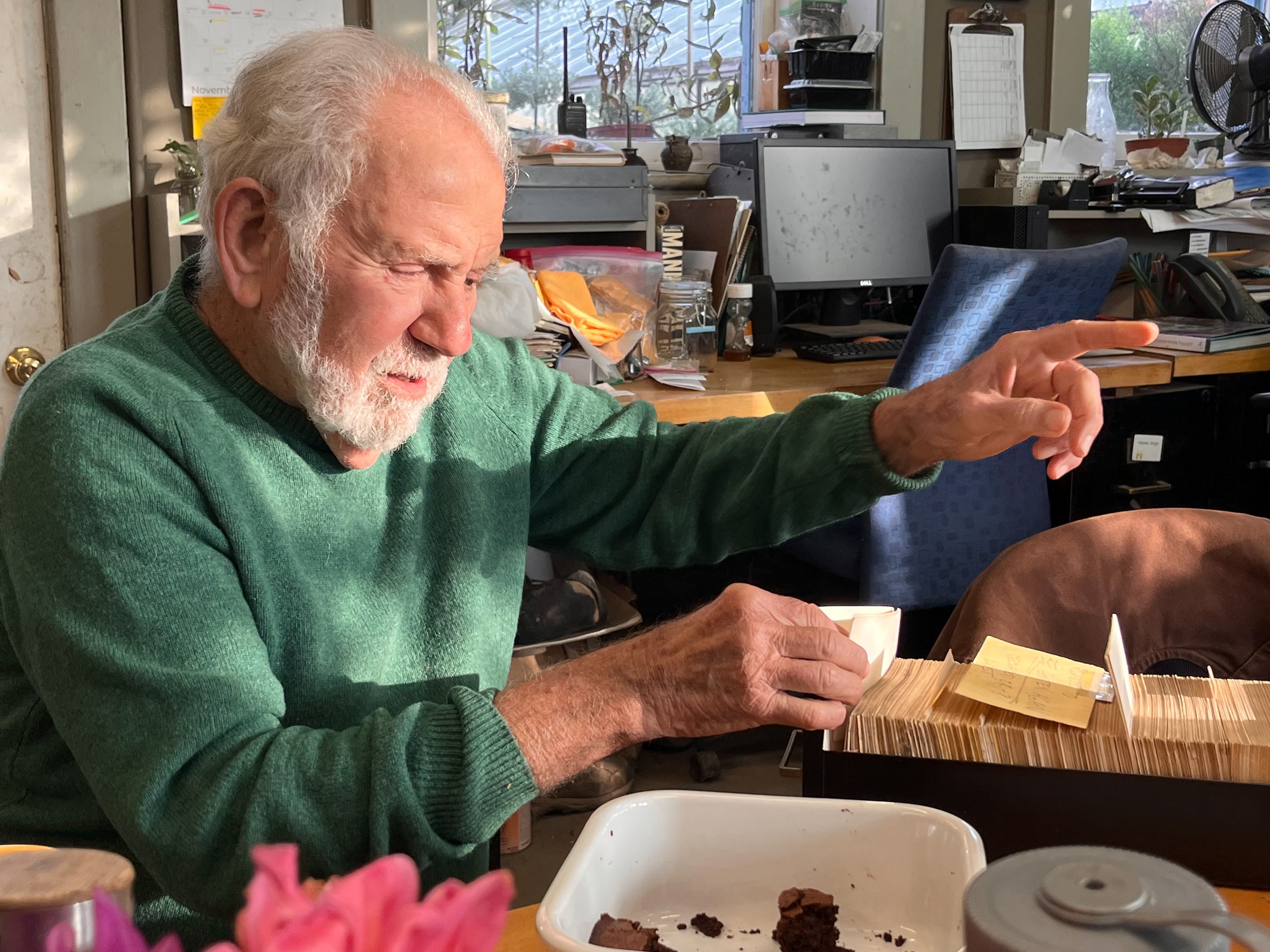
Defining the purpose of plant records for Wave Hill
We needed to find a plant database system that complemented our diverse collections while fitting within the capacities of our small team. While data was cleaned and prepared for an appropriate system, we defined the purpose of plant records for Wave Hill.
To gain buy-in amongst staff, we had many conversations across departments, working together to determine what kind of plant records we would keep and how we would keep them.
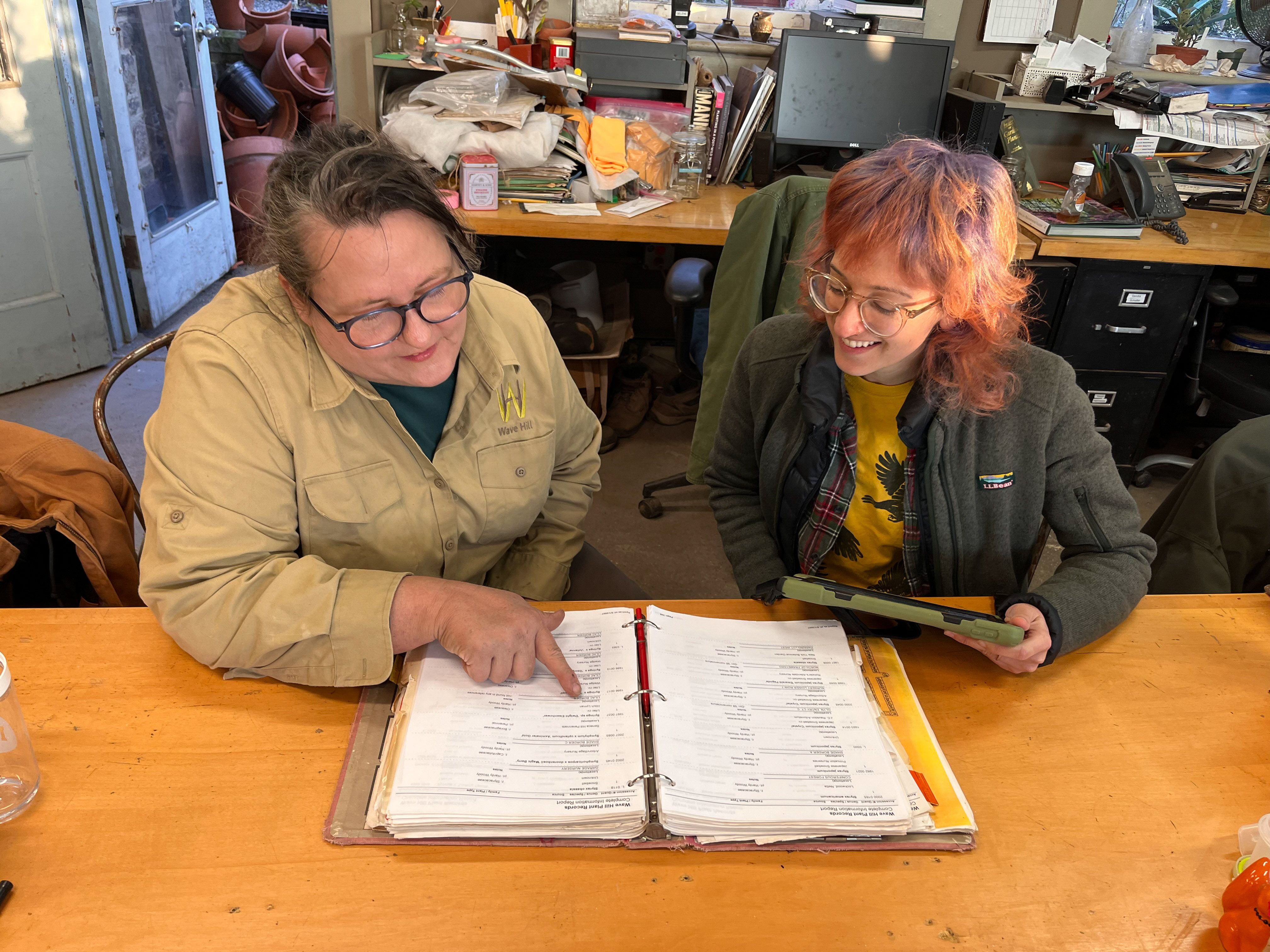
After reviewing with all staff, we decided: Wave Hill is not keeping plant records because we have to, but because they improve the garden and the work we do. Wave Hill is a pleasure garden guided by aesthetics, rather than a botanical garden that has collections rooted in conservation, science or taxonomy. With no botanical garden mandate, our database needs to be a useful tool in practice first and foremost—a tool for everyone to actively use in the field.
In June 2021, we learned about Hortis and we were able to participate in beta-testing. We purchased a user account when the product was launched and have seen the capabilities of this system change and evolve over the past couple of years. With each change, more usability is added and Wave Hill’s data processes become more streamlined.
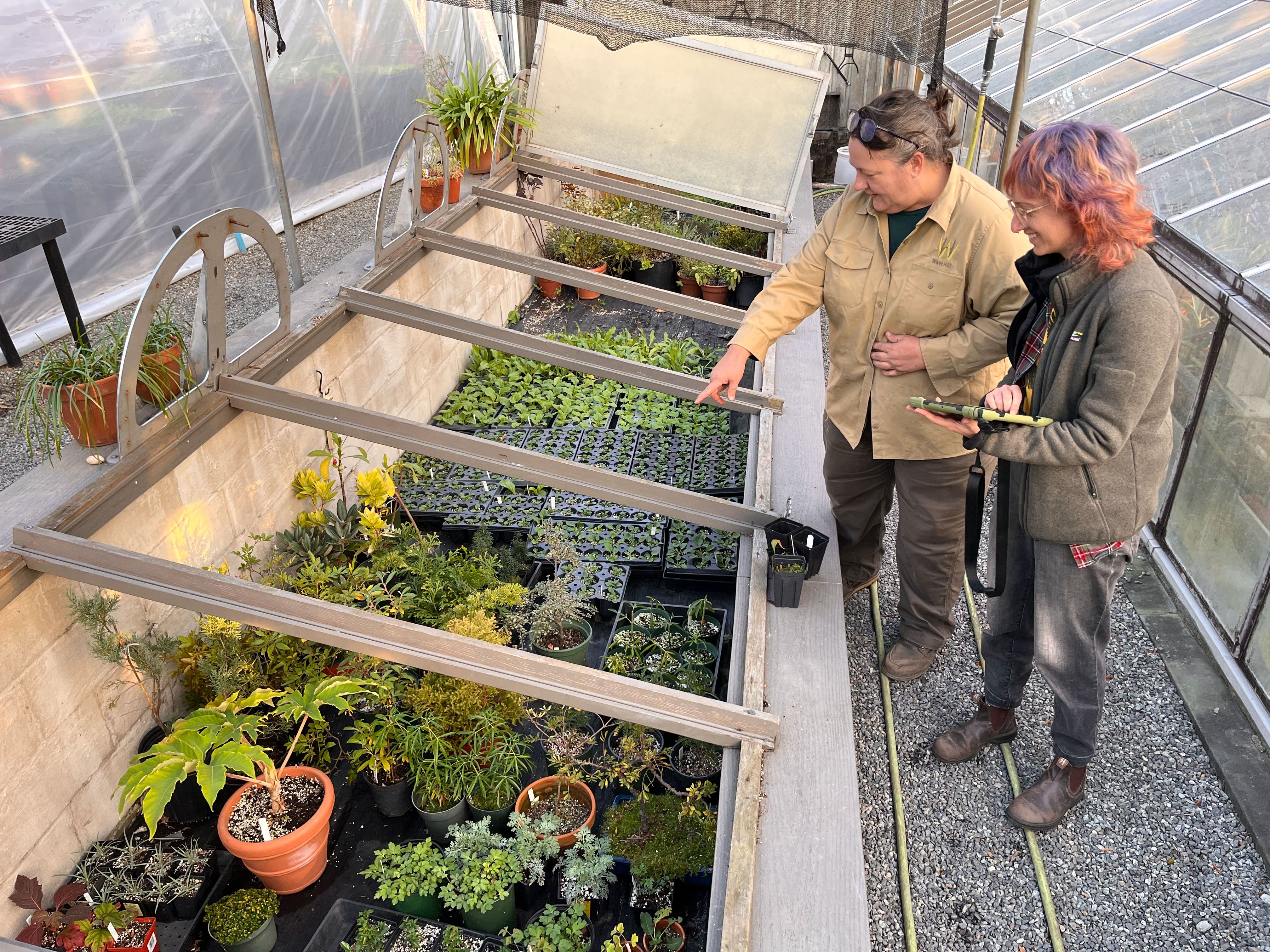
Examples of Hortis being used at Wave Hill
Due to Wave Hill’s casual history of plant records, there are many holes in our data. Legacy plants lacking accessions and acquisition dates existed before Wave Hill became a public garden; compatibility with this legacy data was key. The Hortis system is flexible enough allowing us to indicate these plants and their stories.
We all know that data tells a story, but our database literally will be a repository of personal stories surrounding the plants in our collection. Some of these stories are indicated by helpful fields in Hortis such as “plant material received” or the notes sections. Currently, these stories are scattered, but once connected within this central repository (Hortis), this knowledge from senior gardeners will live with the institution.
This data adds value to the work they do everyday and preserves and honors their work for future generations. Accession number format, “plant material received” and most recently the integration of Kew Plants of the World Online create a structured but flexible system for our data. By fitting within this mold, Wave Hill’s plant records are elevated to an international standard.
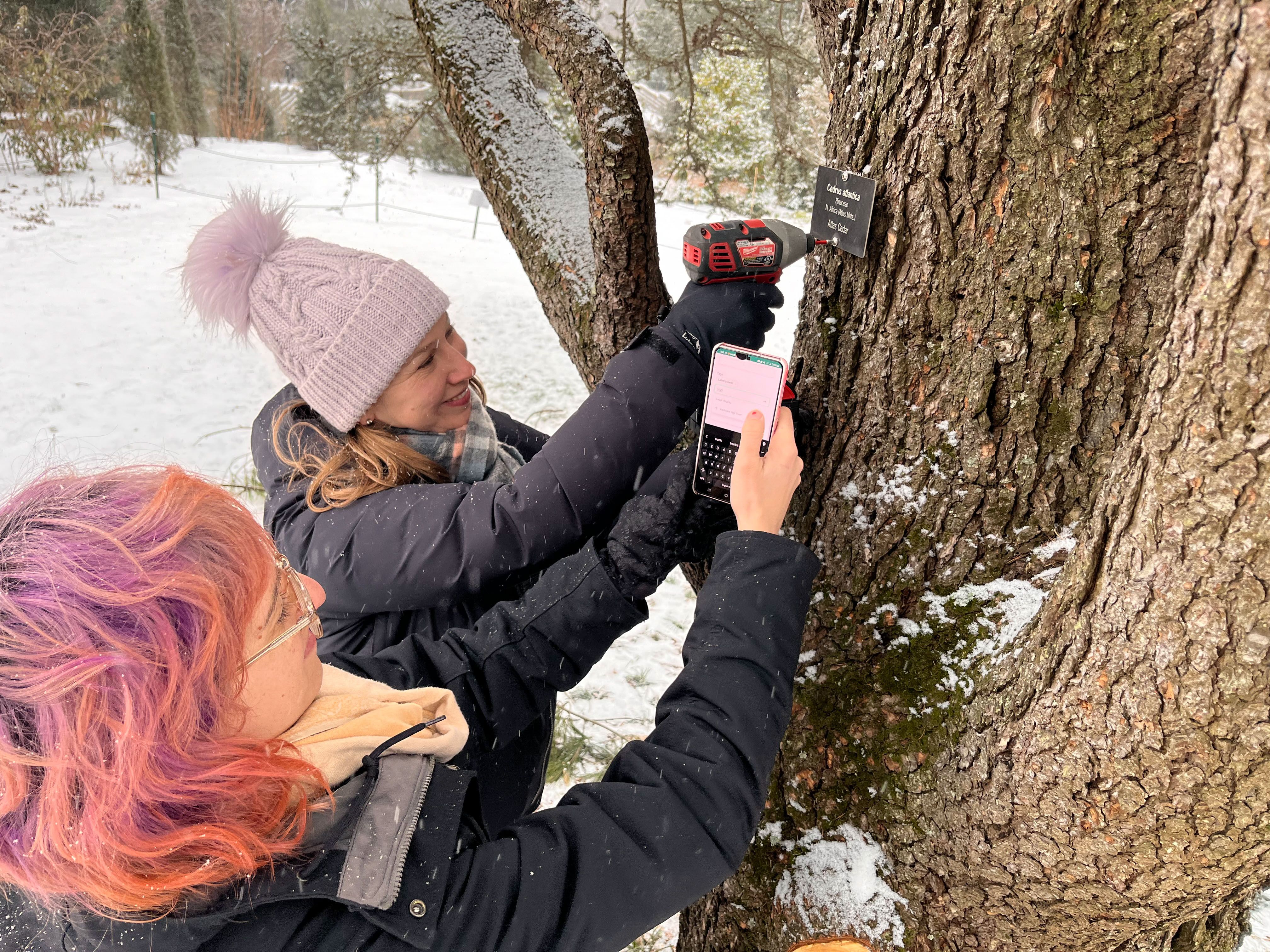
Hortis is a scalable system—it is as comprehensive as we choose. We started by importing just woody plants with location names, but since then have slowly added geolocations, photos and tags. Tags are helpful for special projects. We currently use them for trees with personal dedications and trunk labels which we maintain every winter.
Hortis does not pose a difficult barrier of entry because the interface is user friendly and accessible via internet browser on smartphone, tablet or desktop. The data is accessible to everyone and meets the diverse needs of our small team with many roles. There are unlimited viewers if they have accounts with the organization—so all gardeners are able to view their garden areas in the field to conduct what we call "virtual gardening". For those that prefer the paper route—we can easily pull reports from Hortis and print them out. Reports are also coordinated with our label engraving processes.
Overall Hortis has balanced our existing structures within the reality of modernization. It is a simple enough database that syncs with our existing systems and database goals yet goes a step further and elevates our data.
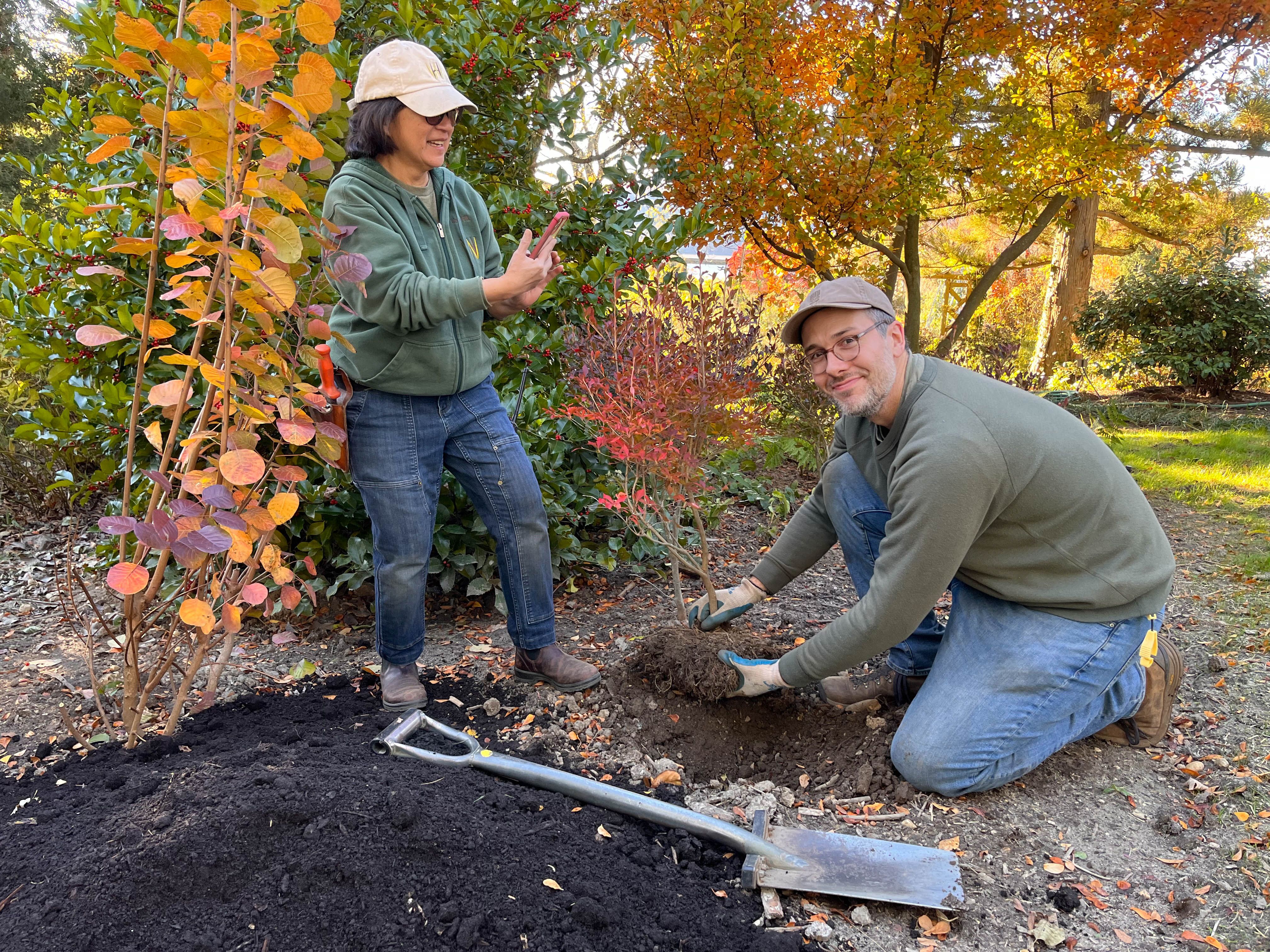
What's next for Wave Hill
We are still integrating data and stories from a variety of sources; aligning our taxa with Kew Plants of the World Online standards; labelling our woody plant collection; inventorying our greenhouse collections and working towards some accreditations for our plant collection.